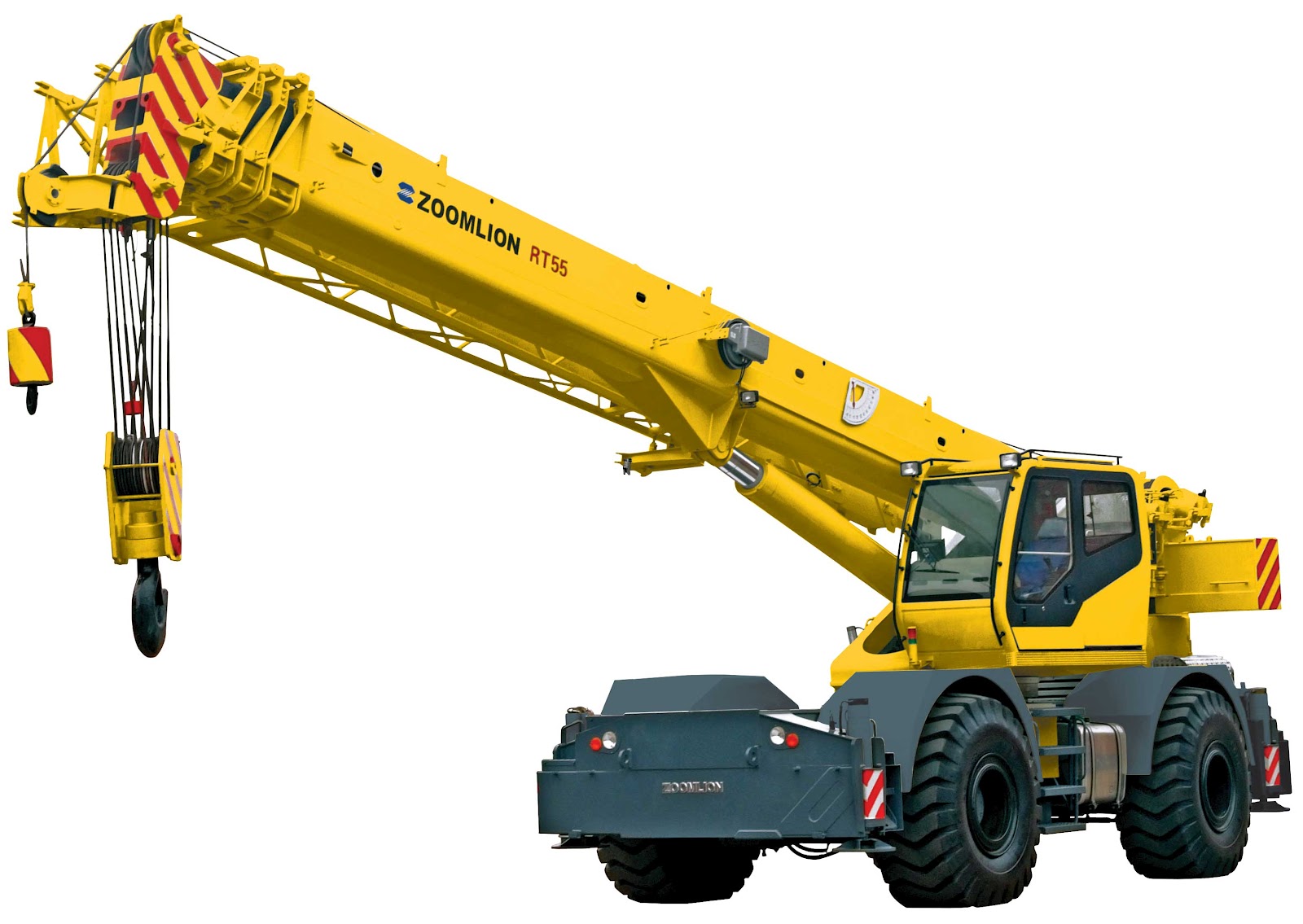When it comes to heavy lifting and construction, the crain or crane machine is an indispensable tool in various industries. This powerful machine is engineered to lift and move heavy loads with precision and efficiency, making it a vital asset on job sites ranging from construction to shipping. Its versatility allows it to perform a variety of tasks, from lifting steel beams during the construction of skyscrapers to moving large shipping containers at ports. In this article, we will explore the different types of crain or crane machines, their applications, and how they have revolutionized the way we handle heavy materials.
The history of cranes dates back thousands of years, with evidence of their use in ancient Egypt and Greece. Over time, these machines have evolved significantly, incorporating advanced technology and engineering principles to enhance their performance. Today, the crain or crane machine is equipped with state-of-the-art features such as computerized controls, automatic safety mechanisms, and various attachments for specific tasks. This evolution continues to shape the landscape of construction and manufacturing, making cranes even more efficient and safe.
In a world that demands rapid construction and the efficient movement of goods, understanding the mechanics and types of crain or crane machines is essential. Not only do they play a crucial role in various industries, but they also help ensure that projects are completed on time and within budget. This article will delve into the workings of these machines, address common questions, and highlight their significance in today's fast-paced environment.
What Are the Different Types of Crain or Crane Machines?
There are several types of crain or crane machines, each designed for specific tasks and environments. Here are some of the most common types:
- Mobile Cranes: These cranes are versatile and can be moved from one location to another easily. They are commonly used in construction sites.
- Fixed Cranes: These cranes are permanently installed at a specific location, such as a dock or warehouse, for continuous use.
- Tower Cranes: Often seen in high-rise construction, tower cranes provide height and reach, allowing them to lift materials to significant heights.
- Articulating Cranes: These cranes have joints, enabling them to reach around obstacles and provide flexibility in tight spaces.
How Do Crain or Crane Machines Work?
The operation of a crain or crane machine is based on several fundamental principles of physics, particularly those related to leverage and balance. A crane typically consists of a boom (the arm that lifts loads), a counterweight to maintain balance, and a hoist to raise and lower the load. Here’s a breakdown of how these machines work:
- Power Source: Cranes can be powered by electricity, diesel, or hydraulics.
- Load Handling: The hoist mechanism grips the load securely, allowing it to be lifted.
- Movement: Cranes can rotate and extend their booms to reach different areas.
- Safety Features: Modern cranes are equipped with various safety devices, including load limiters and emergency brakes.
What Safety Measures Are In Place for Crain or Crane Machines?
Safety is paramount when operating crain or crane machines, given the potential risks involved in lifting heavy loads. Some of the key safety measures include:
- Regular Inspections: Conducting routine checks on the crane’s components to ensure they are in good working order.
- Operator Training: Ensuring that only trained personnel operate the cranes to minimize accidents.
- Load Limits: Adhering to the manufacturer's specifications regarding the maximum load a crane can lift.
- Clear Communication: Using hand signals or radios to maintain clear communication between the operator and ground crew.
Where Are Crain or Crane Machines Commonly Used?
The crain or crane machine finds its application in various industries, including:
- Construction: Essential for lifting heavy materials like steel beams, concrete blocks, and machinery.
- Shipping and Logistics: Used at ports and warehouses to move containers and heavy cargo.
- Manufacturing: Employed in factories for assembling and moving large components.
- Mining: Used to lift heavy equipment and materials in mining operations.
What Are the Key Components of a Crain or Crane Machine?
Understanding the key components of a crain or crane machine is crucial for appreciating how they operate. Here are the main parts:
- Boom: The long arm that extends out to lift loads.
- Hoist: The mechanism that raises and lowers the load.
- Counterweight: A weight that helps balance the crane during operation.
- Base: The foundation that supports the entire structure and provides stability.
What Are the Future Trends in Crain or Crane Machine Technology?
The future of crain or crane machine technology is set to witness several exciting trends, including:
- Automation: Increased use of automated cranes that can be operated remotely or through advanced software.
- Eco-Friendly Options: Development of cranes powered by renewable energy sources to reduce carbon footprints.
- Smart Technology: Integration of IoT and smart sensors to monitor crane performance and ensure safety.
- Enhanced Materials: Use of lightweight yet strong materials in crane construction for better efficiency.
Conclusion: Why Are Crain or Crane Machines Essential in Today's World?
In conclusion, the crain or crane machine is a vital tool that has transformed the way heavy lifting and material handling are conducted across various industries. Its evolution over the years has made it safer, more efficient, and adaptable to different tasks. As technology continues to advance, we can expect even more innovative features that will enhance the performance and safety of these machines, solidifying their role as essential assets in construction, logistics, and beyond.


